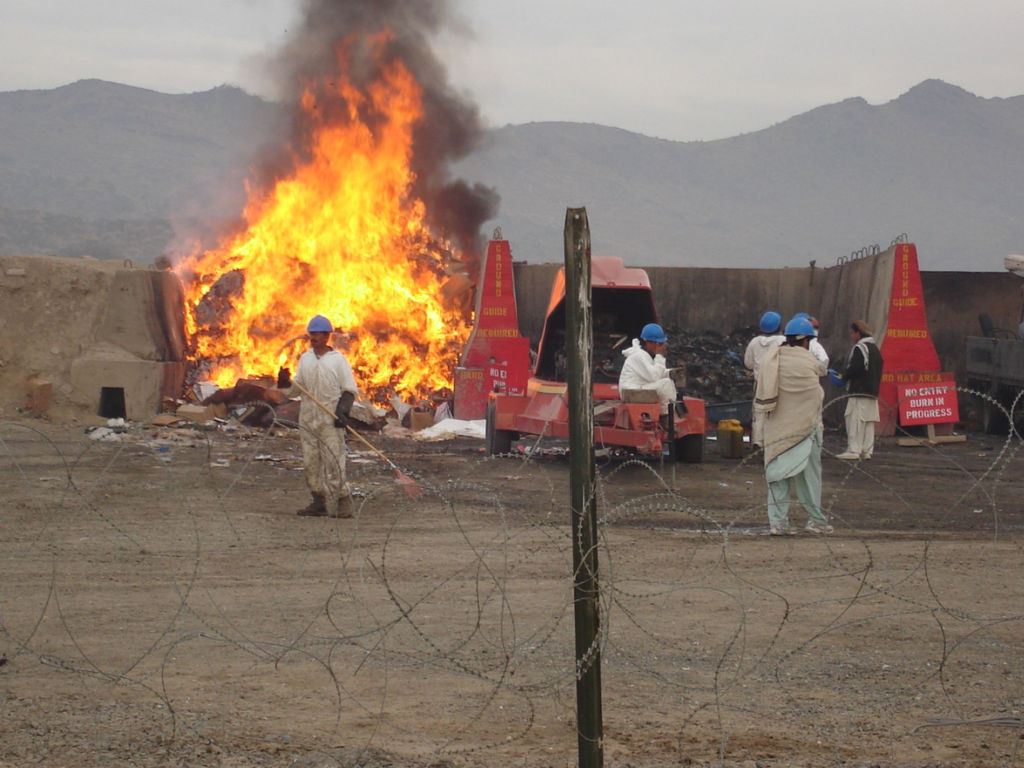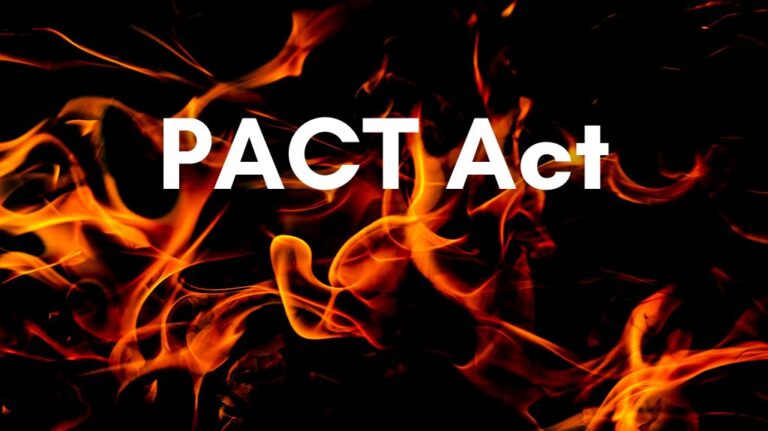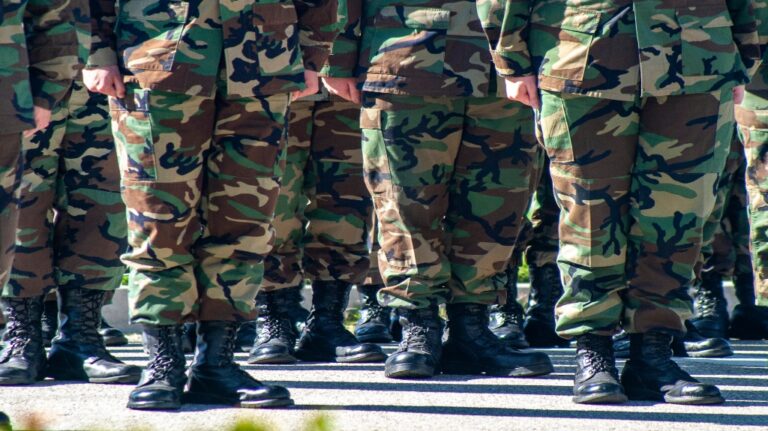What Cancers are Covered by VA Disability?
Many veterans receive a cancer diagnosis after their time in active service. The timing of the diagnosis can make the process of applying for benefits difficult. This is due to the fact that a veteran needs to be able to prove a service connection to the cancer diagnosis in order to ultimately be approved for benefits.
While the VA may approve a veteran for benefits if their cancer is service-related, the process of proving the connection can be difficult. There are many different ways that a veteran may have been exposed to certain chemicals and conditions that may have led to cancer while in the service. Sometimes, you need a professional to help make that connection clear enough to get approved for benefits.

Common Service-Connected Cancers
In order for veterans to be eligible for VA disability benefits for cancer, they must first establish service connection. It is important to note that there are several ways in which veterans can do so. In many cases, veterans will pursue service connection through a direct application process. This means they must provide evidence supporting three essential elements: (1) a current diagnosis of cancer, (2) an event, injury, or illness that occurred during their military service, and (3) a medical nexus that links the cancer diagnosis to the in-service occurrence. However, veterans may also qualify for service connection for cancer on a presumptive basis, depending on the various forms of exposure they experienced during their service.
Agent Orange and Veterans with Cancer
As previously mentioned, exposure is a common factor contributing to cancer among veterans. Specifically, veterans who served during the Vietnam War era often experienced exposure to Agent Orange, a herbicide. To qualify for the presumption of exposure, as outlined in 38 CFR § 3.309(e), veterans must have served in specific locations during certain timeframes:
- Veterans who had “boots on the ground” or served on inland waterways in Vietnam between January 9, 1962, and May 7, 1975.
- Blue Water Navy veterans who served within 12 nautical miles seaward of the demarcation line of Vietnam between the same dates.
- Veterans who flew on or worked on C-123 aircraft during the Vietnam War era.
- Veterans who served along the Korean Demilitarized Zone (Korean DMZ) between September 1, 1967, and August 31, 1971.
It is important to note that this list does not include Vietnam veterans who served in Thailand, as they are not covered under the VA’s presumption of exposure. However, the VA recognizes that herbicides were used along the perimeter of certain Royal Thai Air Force Bases during the period between January 9, 1962, and May 7, 1975. The VA concedes exposure for Thailand veterans if they can provide credible evidence, such as official records or lay evidence, of being on or near the perimeter.
In addition to the specific locations and timeframes, 38 CFR § 3.309(e) also identifies the cancers associated with Agent Orange exposure. These cancers include:
- Chronic B-cell leukemia
- Soft-tissue sarcoma
- Hodgkin’s and non-Hodgkin’s lymphoma
- Multiple myeloma
- Prostate cancer
- Leukemia
- Lung cancer
If the VA presumes that a veteran was exposed to herbicides and later receives a diagnosis of one of the mentioned cancers, the VA should grant service connection. It is worth noting that veterans with different types of cancers may still qualify for service connection based on Agent Orange exposure, but they will need to provide a nexus opinion linking their cancer to their in-service exposure.

Radiation and Veterans with Cancer
The VA has a presumptive policy for veterans who participated in radiation risk activities. This policy mainly affects World War II veterans who served in Japan from 1945 to 1946. Veterans involved in the following activities may have been exposed to radiation:
- Working with gaseous diffusion plants located in Ohio, Kentucky, or Tennessee
- Nuclear testing
- Weapons testing
It’s important to note that veterans assigned to these work activities were likely located in Ohio, Kentucky, or Tennessee. The VA’s presumption of radiation exposure is outlined in 38 CFR § 3.309, which generally requires veterans to have served in these locations for at least 250 days prior to 1992.
In addition, there was an area in Alaska where underground nuclear testing took place before 1974. Certain military occupational specialties (MOS) put veterans at an increased risk of radiation exposure. Examples of such MOS include X-ray technicians, workers in reactor plants, and those involved in nuclear medicine.
The VA presumes the following cancers to be associated with radiation exposure:
- Lung cancer
- Colon cancer
- Breast cancer
- Stomach cancer
- Pancreatic cancer
- Liver cancer
- Bone cancer
- Thyroid cancer
- Pharynx cancer
- Urinary tract cancers (kidney/renal, pelvis, urinary bladder, and urethra)
- Multiple myeloma
- Various types of lymphomas (except Hodgkin’s disease)
- Various types of leukemia (except chronic lymphocytic leukemia)
- Bile duct cancer
- Gallbladder cancer
- Ovarian cancer
- Cancer of the salivary glands
- Small intestine cancer
If veterans are presumed to have been exposed to radiation and later develop one of the above-mentioned cancers, they will not be required to provide a medical nexus. The VA’s presumption essentially eliminates the need to establish the in-service event and nexus opinion when veterans can demonstrate their disability.
Burn Pits and Veterans with Cancer
The US military used open-air waste combustion sites called burn pits for decades in the past. After 2001, during military operations in Qatar, Djibouti, Iraq, and Saudi Arabia, the military extensively utilized burn pits in the Middle East.
The majority of these open-air burn pits have been closed by the Department of Defense (DoD) due to the negative health effects caused by airborne hazards, particularly respiratory conditions.
Burn pits were open grounds where the US military disposed of on-site waste products, which included:
- Particulate matter
- Petroleum and other lubricants
- Plastics and rubber
- Paint
- Aluminum cans
- Various metals
- Wood
- Chemicals
- Human waste and medical waste
When these materials were burned, they released various compounds into the air, leading to toxic exposure and subsequent harm to service members. Over time, medical professionals have linked burn pits to damage or injuries in the following areas:
- The eyes, mouth, and ears
- Skin
- The gastrointestinal tract
- Internal organs
- The cardiovascular and respiratory systems
- And more
Burn pits have had a significant impact on numerous veterans. Even though burn pits are no longer operational, their long-lasting consequences continue to affect US veterans through the development of chronic health conditions.
Get Help Proving Your Cancer Diagnosis is Service-Related
If you have been denied because your cancer is not being seen as service-related by the VA upon your application, you can seek help from a VA benefits attorney. Start the conversation today to see if you can get legal help from an attorney who works exclusively with veterans.






